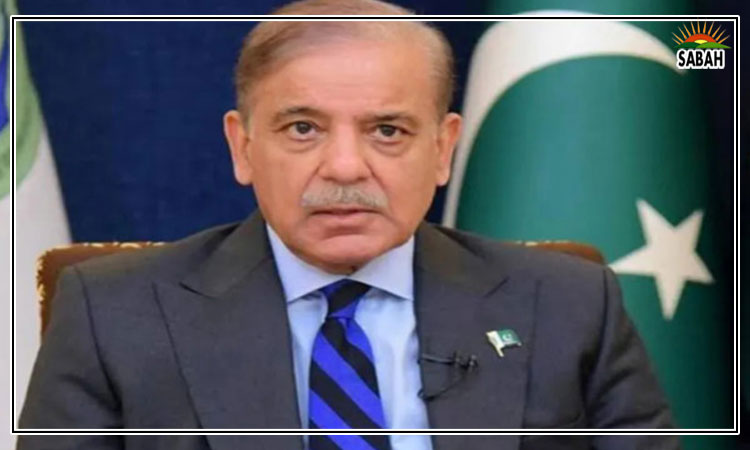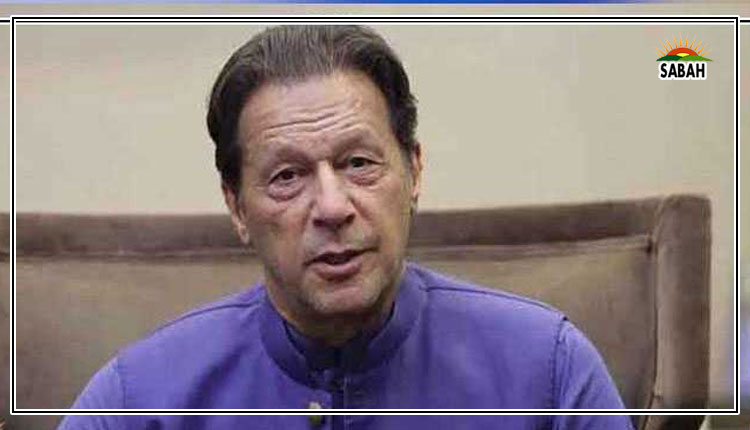Erasing legacies!… Noureen Akhtar
The recent replacement of the famous war painting from 1971 in the Indian Army Chief’s office – one that was symbolic of India’s key role in the separation of East Pakistan – has put a question mark over the changing Indian military stance.
Now, there is a picture from the China-India fights in Ladakh, a scene full of unclear strategy and embarrassment for India. This planned change is not simply a decoration but an important act that presents India moving away from its past military victory and current claims of power in the region.
For many years, the 1971 war image had made it a time of Indian pride and determination. It was one of the great events in history where India played a key role in making Bangladesh. The war proved India was emerging as a powerful regional force and demonstrated military strength.
However, taking away that image shows a huge change from that history, which cannot be considered as coincidence. It brings out a gruelling truth: India is uneasy with its past and uncomfortable about it, as today it has become more and more nervous about its future, particularly with China going up the ladder.
China’s incursion and India’s inability to reclaim contested territories in Eastern Ladakh have undermined the credibility of New Delhi as a counterweight to Beijing in Asia. The replacement of the 1971 war painting with Ladakh pictures reflects an acknowledgment of the new reality.
It is no victory of heroism, but an acceptance of Chinese hegemony in the area. Indian leaders are making attempts to minimise embarrassment along with showing willingness not to have a direct confrontation with its eastern neighbour.
This symbolic stripping also shows that Indian historical stories are now changing. The removal of 1971 images distances the Indian government from its role in the break-up of Pakistan, which is still something that can be felt at this point in the region.
The Bangladesh coup of August 2024 has made people look closer to India’s actions and involvement in the 1971 war to remind everyone that success often bears a price. India perhaps now fears renewed international attention to its past strategies and interventions and is now retreating from the narratives that made it once dominant in its region.
Critics say that all India’s recent moves signal that it is confused over the strategy. Rather than getting its history in South Asia as a strong power written in ink, New Delhi seems more than happy to change the story to suit worries of today. As Chinese influence becomes stronger, India could not be seen as a leader of Asia but as a country swinging between strong words and weak actions.
After all, a deeper concern is reflected by the change of symbols by the Indian Army. In an effort to trade clear victory for uncertainty, India is presenting to the world that it does not like a new world order wherein its earlier victories cannot be a shroud for its present frailty. Instead of building confidence, the quiet acceptance of Indian strength by the Indian government is a warning of what happens when countries fail to put their histories into balance with their futures.
COURTESY ![]()












